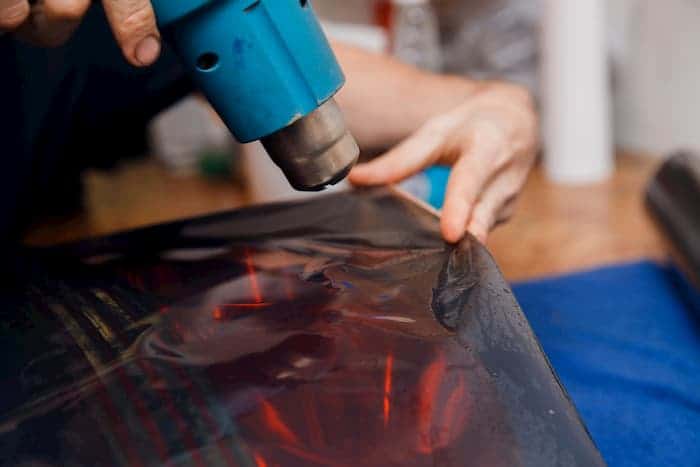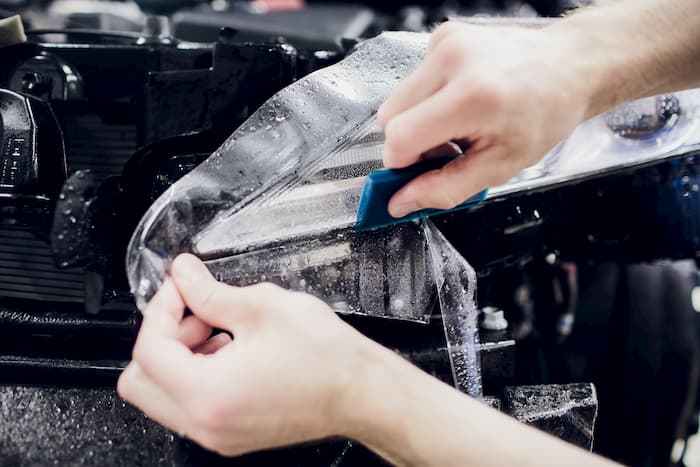Maybe it is to make your car stylish or to reduce the beam to avoid bright blinding Headlights, but people decide to tint their headlights for many reasons. However, anyone who knows even a little bit about headlight tinting would know that it can be really tricky in terms of requirements and where it is legal or not.
There’s a lot of grey area surrounding headlight tinting because each state laws regarding it differ from each other and are even revisited and updated from time to time. As most laws are, some of these laws can be ambiguous sometimes and leave room for more than one interpretation. So as much as you may be interested in tinting your headlights, you may need to take a pause and take some time to read this piece.
It may not be as simple as you think, you could find yourself issued a ticket based on a simple jurisdiction technicality. Or you could find out when it is too late that it is forbidden in your state. Furthermore, there are state laws (differing from one state to the other of course) ranging from flashing your headlighs to how bright your headlights should be. Yes, it’s serious business, but not to worry, we would clarify all doubts and spell things out as clearly as possible, let’s begin…
Headlights tint laws – the basic

So when it comes to tint laws in US states, most of the states spell them out in terms of capabilities and visibility of the glass windows and headlights. In other words, they are less concerned about the tinting, but more concerned about the light measurement and visibility of your headlights when they are turned on – state laws look into the reflective nature and capabilities of the headlights, how bright it is and if it is safe and appropriate to drive at night with.
Here’s an example – In Alaska, all vehicles are required to have a Visible Light Transmission rating of 70% doesn’t matter if it’s the new self dimming headlights. What this means is that whatever you tint in your cars should not exceed 70%, if it does, you are in clear violation and you can be issued a ticket faster than you can say Jack Robinson! More interestingly, other states have more relaxed requirements:
However, before you get lost in the maze and get upset at all the rules and the laws, understand that these laws are only created to protect you and make for a safer driving experience for both driver and other motorists.
What the states consider before Setting up tint requirements

Now, another question that is often asked is why are there different Visible Light Transmission laws for each state? Well, the answer is very simple, you see these laws and tint requirements are made with the state environmental conditions in mind. So, due to the weather conditions in Alaska, visibility can be a challenge, but compared to other states like Florida that’s sunny and bright, the tint requirement then differs, thus, Florida has a VLT rate of 28%.
USA states and their tint requirements

There are tint-friendly states that have relatively low VLT rates of tint in vehicles. Usually, they range around 30% and most drivers would love to be in these states because it gives them more freedom to tint. However, the good news is that most of the states in the US fall into this category, so there is really nothing to be bothered or worried about.
The not so friendly states that have higher tint requirements also exist. Sometimes, their laws are exceptionally strict. Delaware and California fall into this category with a VLT of 70% generally.
Rhode Island and New York may also fall into this category with the same 70% VLT. Other states with strict laws are Michigan, New Hampshire, Vermont, Washington DC, and New Jersey. However, the strictest laws are found in Texas and Illinois.
On the fence states
These are some of the US states that do not necessarily have too strict laws or too lax laws, they are neither friendly nor stringent as regards their tint laws.
These states include
- Alabama
- Hawaii
- Virginia
- Kansas
- Iowa
- Wisconsin
- Alaska
- Louisiana
- North-Dakota
- Ohio
- Utah
- Pennsylvania
- Minnesota.
Conclusion
If you want yours to be that stylish vehicle on the road, you may want to tint your headlights and even your windows after restoring your headlights with a headlight restoration kit. Many car owners may adopt ‘smoked’ tints for that sleek appearance on the road.
However, as earlier mentioned, where you live may put a damper on your desire for tinted headlight or windows and you may get a ticket if you are not well abreast of the state laws, rules, and regulations regarding tint permit. In the end, it is for your safety and for those other motorists on the road. When you tint your headlights, you make your rays and beams darker, so dark that other motorists may not see you coming and may result in a collision. Similar to how dangerous it is to drive with a cloudy headlight, if your tint is too dark, you may have trouble seeing more than a few feet as the driver.
US states have responded to this by providing laws and regulations regarding tint permits, it may differ from state to state, but even though others may find it complicated, we have simplified it and given reasons why state laws differ regarding tint requirements. These requirements in these states are for the safety of all drivers and as a result of climatic conditions in each of these states. There are also other reasons that fuel these laws, for instance, regarding window tints, one of the reasons is so that law enforcement agents can see the driver of the vehicles and administer justice unperturbed.
So, don’t get angry at your state laws. It cannot be overemphasized that this is for the safety of motorists purposes, at least that is the major reason. So once you realize that these tints regulations are for your own good, it’ll be easier to adhere to them.







